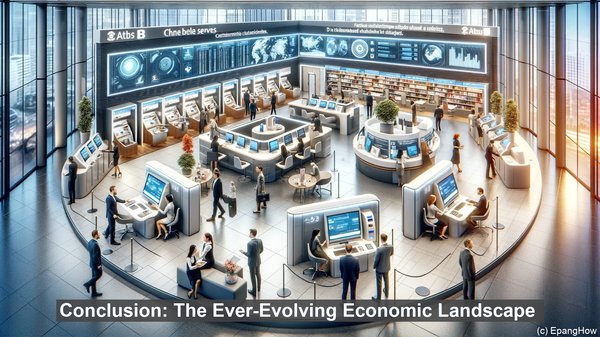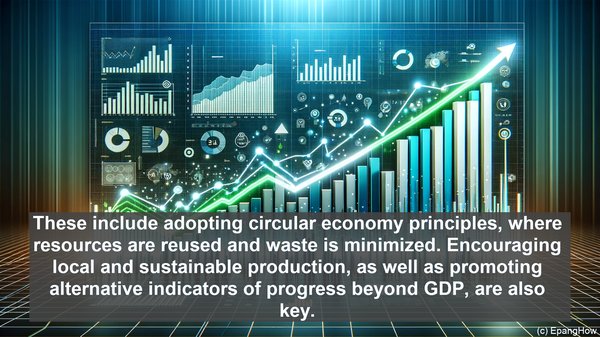Introduction: The Essence of Economic Paradigms
Hello everyone! In the realm of economics, two distinct paradigms have emerged, each with its own set of principles and implications. Today, we’ll be exploring the differences between a steady-state economy and a growth economy. While the latter is the more traditional approach, the former has garnered increasing attention in recent years. So, let’s dive in!
Defining the Steady-State Economy
A steady-state economy, as the name suggests, is characterized by a stable state of affairs. In this model, the overall size of the economy remains relatively constant over time. It aims to maintain a balance between production and consumption, ensuring that resources are utilized at a sustainable rate. The focus here is on achieving equilibrium, rather than perpetual expansion.

The Growth Economy: A Quest for Expansion
Contrastingly, a growth economy is built on the premise of continuous expansion. It operates under the assumption that economic growth is essential for progress and well-being. This model emphasizes increasing production, consumption, and investment, with the belief that these factors drive prosperity and job creation. It’s the more conventional approach, deeply ingrained in our economic systems.
Implications of the Steady-State Model
The steady-state economy offers several potential benefits. By prioritizing sustainability, it aims to mitigate the environmental impact of economic activities. It also promotes resource conservation, reducing the risk of depletion. Moreover, in a steady-state system, economic shocks and crises may be less severe, as the focus on stability fosters resilience. However, critics argue that this model may limit innovation and technological progress, as it doesn’t prioritize rapid growth.
Examining the Advantages of a Growth Economy
The growth economy, on the other hand, has its own merits. Proponents argue that it drives job creation, providing employment opportunities and improving living standards. It also allows for greater investment in research and development, which can lead to technological breakthroughs and societal advancements. Additionally, in a growth-oriented system, there’s a potential for increased tax revenue, which can be allocated towards public goods and services.
Challenges and Concerns: Growth Economy
However, the growth economy isn’t without its challenges. One of the primary concerns is its impact on the environment. Rapid expansion often leads to increased resource consumption and pollution, exacerbating climate change and biodiversity loss. Additionally, the pursuit of perpetual growth can create economic inequalities, as wealth tends to concentrate in certain sectors or among specific groups. Moreover, the reliance on constant growth may make the economy more susceptible to downturns and recessions.
Transitioning to a Steady-State Economy: Feasibility and Strategies
As the urgency of addressing environmental issues grows, the concept of transitioning to a steady-state economy gains traction. While it’s not a simple shift, there are potential strategies. These include adopting circular economy principles, where resources are reused and waste is minimized. Encouraging local and sustainable production, as well as promoting alternative indicators of progress beyond GDP, are also key. Additionally, fostering a culture of sufficiency, where consumption is mindful and focused on needs rather than wants, can contribute to a more sustainable economic model.

